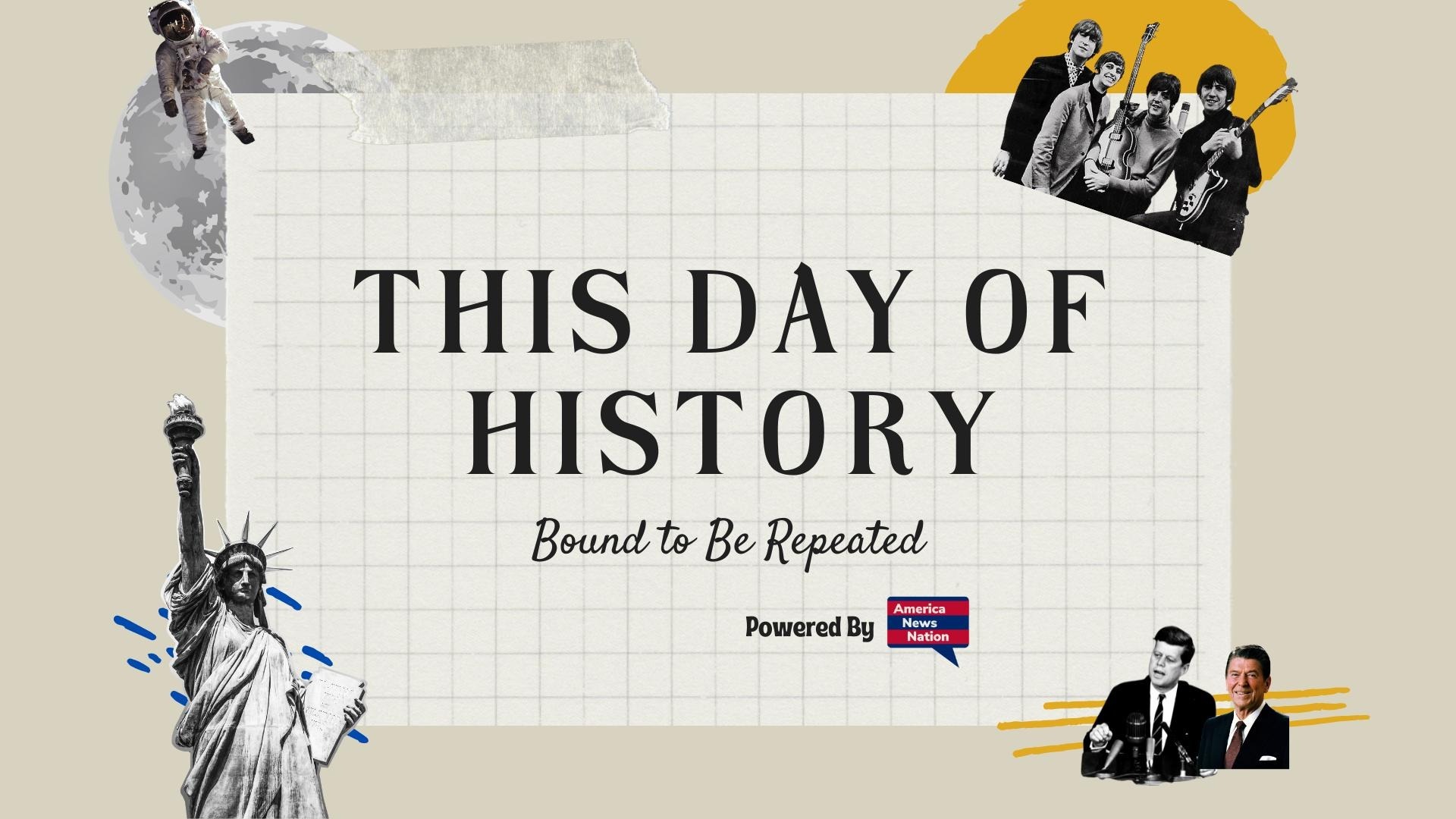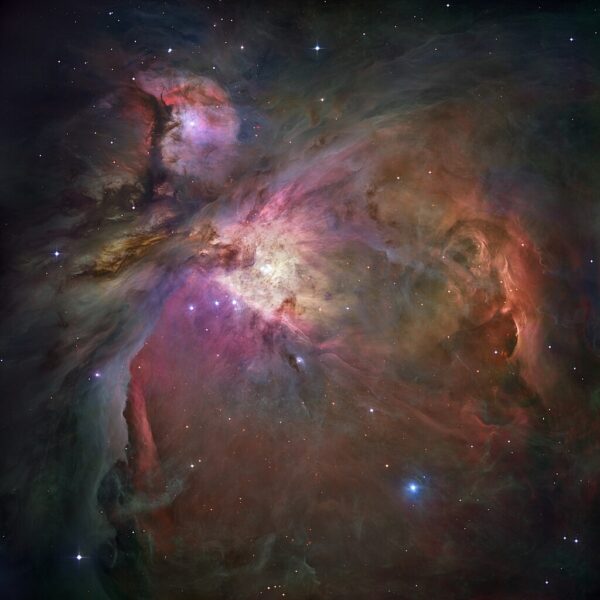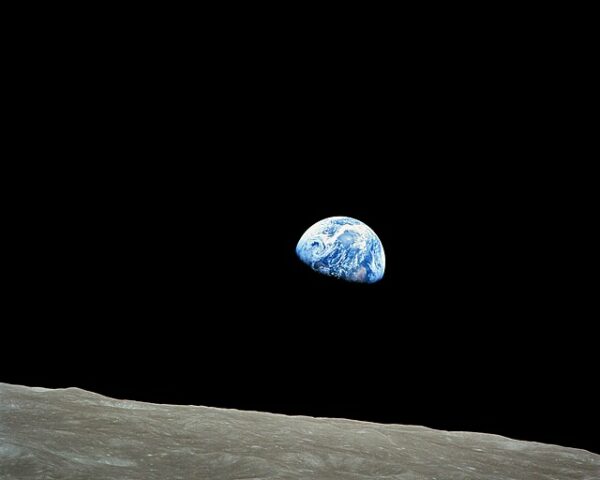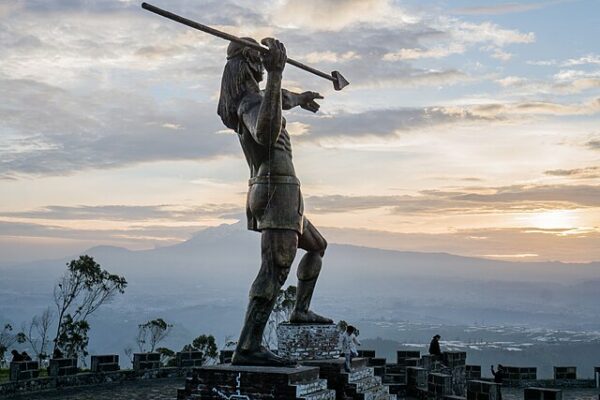On April 24, 1990, a Space Shuttle Discovery mission designated STS-31 changed the course of modern astronomy. From low Earth orbit, it deployed one of the most ambitious scientific instruments ever built: the Hubble Space Telescope. Decades in the making and plagued by delays and budget overruns, Hubble’s launch marked a triumph for NASA, the European Space Agency (ESA), and the international scientific community, offering humanity an unprecedented window into the cosmos.
The Hubble Space Telescope (HST) was named after the American astronomer Edwin Hubble, whose observations in the 1920s helped prove that the universe is expanding. The concept of a space-based observatory, however, originated even earlier. In the 1940s, theoretical physicist Lyman Spitzer advocated for placing telescopes in orbit, beyond Earth’s turbulent atmosphere, to overcome the limitations of ground-based observatories. Earth’s atmosphere distorts and absorbs light, especially in ultraviolet and infrared wavelengths. In space, a telescope could provide far sharper, more detailed images and capture portions of the electromagnetic spectrum otherwise blocked from view.
By the 1970s, NASA and its partners began serious design work. The plan was bold: a 2.4-meter primary mirror, designed to observe everything from planets in our solar system to the most distant galaxies. The telescope would orbit about 340 miles above Earth, serviced and upgraded over time by astronauts aboard the space shuttle—a revolutionary idea that made the Hubble project particularly adaptable. Yet its development faced numerous hurdles, including technical complications, political pushback, and cost overruns. When the Challenger disaster in 1986 grounded the shuttle fleet, Hubble’s launch was further delayed.
Finally, on April 24, 1990, Discovery lifted off from Kennedy Space Center in Florida carrying the HST in its payload bay. The mission crew included Commander Loren J. Shriver, Pilot Charles F. Bolden (who would later become NASA Administrator), and Mission Specialists Bruce McCandless II, Steven A. Hawley, and Kathryn D. Sullivan. On April 25, the telescope was released into orbit, and its solar arrays were deployed—marking the beginning of a new era in space-based astronomy.
The celebration, however, was short-lived. In the weeks after deployment, engineers realized that something was terribly wrong: the telescope’s primary mirror had been ground to the wrong shape, off by just 2.2 microns—about one-fiftieth the width of a human hair. This tiny flaw caused severe spherical aberration, resulting in blurry images that fell far short of expectations. The media dubbed it a $1.5 billion blunder, and critics questioned the entire program.
Yet NASA responded decisively. In December 1993, astronauts aboard STS-61 conducted one of the most complex space missions in history, installing a corrective optics package called COSTAR (Corrective Optics Space Telescope Axial Replacement) as well as new instruments. With this “glasses for Hubble” fix, the telescope finally lived up to its potential. The repaired HST soon began transmitting images of stunning clarity and depth—nebulae, galaxies, and gravitational lensing phenomena—expanding the frontiers of human knowledge.
Since then, Hubble has completed over 1.5 million observations and contributed to more than 20,000 scientific papers. It confirmed that the universe is about 13.8 billion years old, helped measure the rate of its expansion, and provided key evidence for the existence of dark energy. It captured breathtaking images—from the Pillars of Creation to the Ultra Deep Field—that have become cultural touchstones as well as scientific milestones.
Though it was designed for a 15-year lifespan, Hubble continues to operate well into its third decade, its legacy secured. Its successor, the James Webb Space Telescope, launched in 2021, now carries the torch further into the infrared universe. Yet it was Hubble—brought aloft by the STS-31 crew in 1990—that first taught humanity how to see the universe with unclouded eyes.






